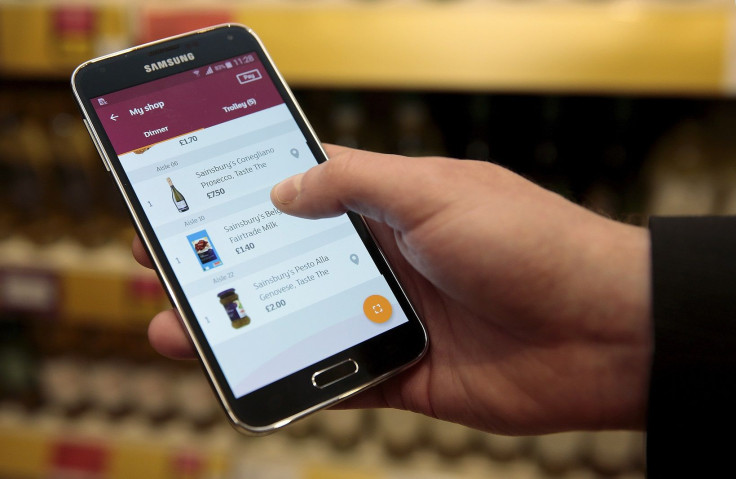Mobile app market in the Asia-Pacific region is evolving, growing

The slow growth of smartphone demand in China is being offset by the increasing demand from India, as well as Southeast Asian countries like Indonesia, Thailand and the Philippines. The rapid growth of smartphone usage in these countries has already attracted tech marketers, including app developers, outside the region.
“ The [smartphone boom] in Southeast Asia will be huge. It is probably the largest and most exciting investment opportunity in Southeast Asia ever. The region could move from 200 million smartphones to 400 million in the next five years. This is an addressable market larger than the US, UK and Australia combined,” Catcha Group chairman Patrick Grove told Australian Financial Review.
M6 Limited CEO Dom Einhorn also believes that the Asia-Pacific app market remains relatively untapped. This is also the reason why he chose to launch Born2Invest , his company’s new business and finance curation app, in the Philippines.
“Like most countries in the region, [the Philippines] is also a large market with close to 100 million people and one of the fastest-growing middle classes and GDP rates in the world. And since we aim to make Born2Invest a truly global app, we would soon be available in more than 150 markets across the globe—and we will do that by curating news stories in their own local language,” said Einhorn in an email interview.
According to mobile analytics specialist Flurry Analytics, the smartphone app market in the entire region is constantly evolving and changing for the better. Tech entrepreneurs from countries in this region have already realised the potential of their nascent market, making their country highly appealing to both local and foreign investors.
The firm also said that while gaming and traditional entertainment (videos and music) remain the top reasons why Asian consumers download mobile apps, there are three categories that are changing the region’s downloading behaviour.
Since April 2014, there has been a significant 278 percent increase in number of Asians downloading shopping and lifestyle apps. Apps for news reading have also improved by 134 percent, while utilities and productivity are up by 89 percent.
Overall, the mobile applications market in Asia has grown 77 percent since last year, describing the growth as “astounding.” Advertising industry analyst Warc.com called the market “ unique” as its unprecedented growth and app usage demographics are highly different from those of giant markets such as North America and Europe.
Among which is women’s domination of the market, as there are more women who use apps in Asia than men.
Messaging app Line CEO Takeshi Idezawa has also announced that it will now focus on expanding its brand reach in Asia, especially in countries where its product has not obtained dominance yet, suggesting that doing otherwise is like ignoring the increasing middle class population in the continent. It has been revealed in various past economic studies that the growth in middle class sector leads to enhanced buying power, enabling consumers to purchase whatever they like, including Internet-capable mobile phones and gadgets.
“We are a big business, so it’s important to have a focus. And we are focusing on Asia. [Also,] in the personal-computer era, the U.S. was the first to release new services, but in the mobile era, many new services are coming out of Asia” Idezawa told the Wall Street Journal last July.





















